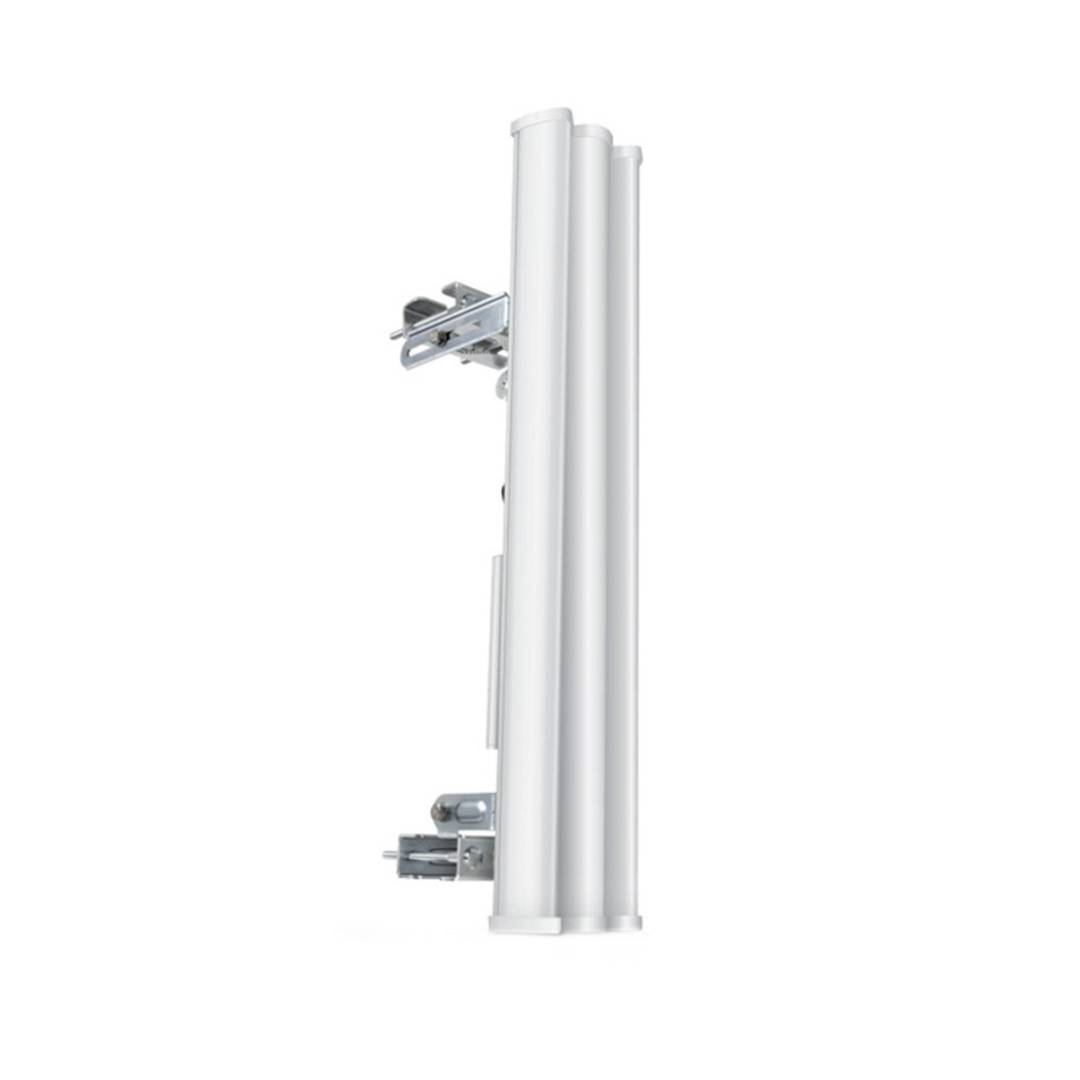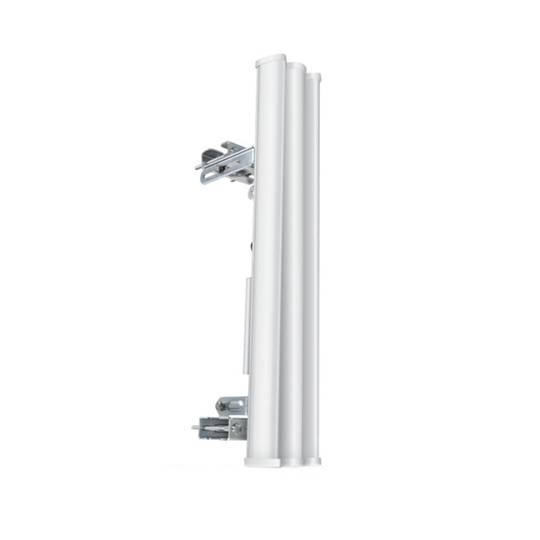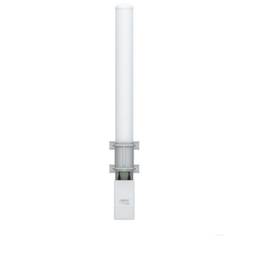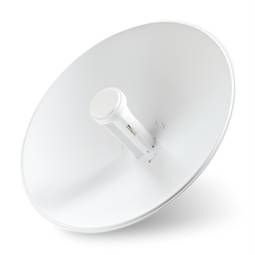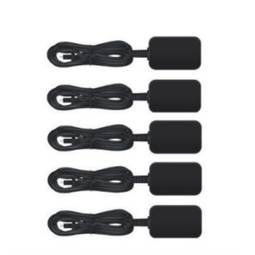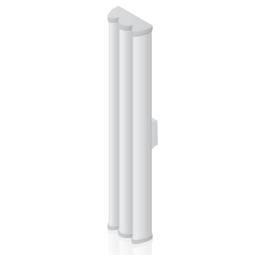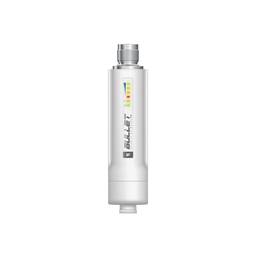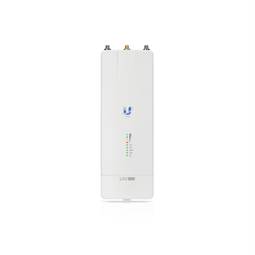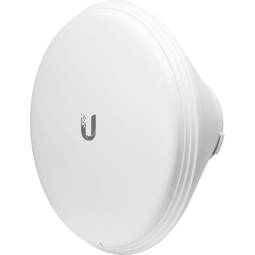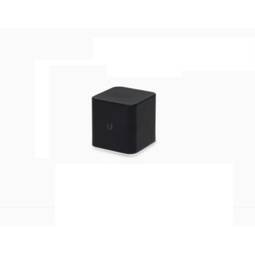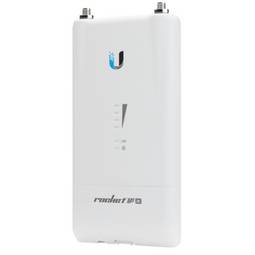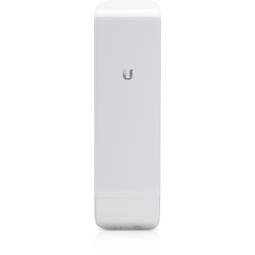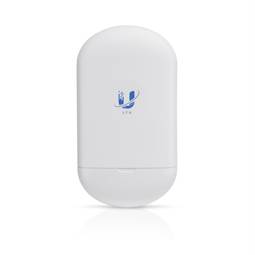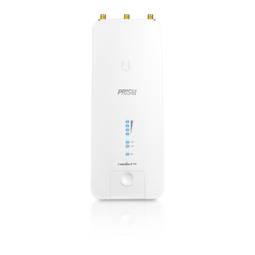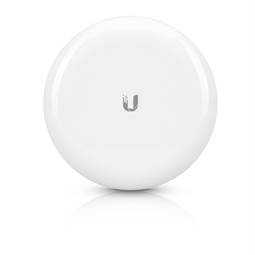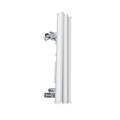05/10/2024 12:20 a.m.
https://cablematic.com/en/products/ubiquiti-airmax-am-5g20-90-5-ghz-sector-antenna-with-20-dbi-and-90o-UI138/
https://cablematic.com/en/products/ubiquiti-airmax-am-5g20-90-5-ghz-sector-antenna-with-20-dbi-and-90o-UI138/
Ubiquiti AirMax AM-5G20-90 5 GHz sector antenna with 20 dBi and 90º
REF: UI138
Specifications
- Ubiquiti Networks AM-5G20-90
- Antenna gain (max): 20.3 dBi
- Band frequency: 5.15 - 5.85 GHz
- Horizontal Beam Width: 91°
- Antenna type: Sector antenna
PVP
€162.47
Price including VAT:
€162.47
PVD
€131.88
PVP: Retail price.
Check conditions.
PVP: Sale price to distributors.
Check conditions.
warranty
returns
safe
We will notify you when it is back in stock.
Specifications
- Ubiquiti Networks AM-5G20-90
- Antenna gain (max): 20.3 dBi
- Band frequency: 5.15 - 5.85 GHz
- Horizontal Beam Width: 91°
- Antenna type: Sector antenna
More info
Ubiquiti sector antenna with a maximum gain of 20.3 dBi. It is designed to work in the 5.15 to 5.85 GHz frequency band, with a 91° horizontal beam angle and dual polarization. The Voltage Standing Wave Ratio (VSWR) is 1.5:1, and the dimensions are 700mm wide, 135mm deep and 70mm high. Comes in a 1 piece pack. Manufactured by Ubiquiti with reference AM-5G20-90.
Specifications
Specifications
- Ubiquiti Networks AM-5G20-90
- Antenna gain (max): 20.3 dBi
- Band frequency: 5.15 - 5.85 GHz
- Horizontal Beam Width: 91°
- Antenna type: Sector antenna
- Polarization: Dual Polarization
- Voltage Standing Wave Ratio (VSWR): 1.5:1
- Width: 700mm
- Depth: 135mm
- Height: 70mm
- Quantity per package: 1 pc(s)
- Ubiquiti manufacturer reference: AM-5G20-90
- Ideal for: Wide area networks, wireless local area networks, wireless backhaul connections
- Compatibilities: Ubiquiti AirMax equipment
- Connections: 2 RP-SMA connectors
- Features: Signal stability, signal range
- White color
- Technology: AirMax
- Gross Weight: 4.0 kg
- Number of packages: 1
- Master-pack: 1
Technical terms
- Hz
- dBi
Hz
One hertz is one cycle per second, meaning repeating cycle as an event. For example, hertz is applied physics measuring the number of times for a second wave (either acoustic or electromagnetic) is repeated or can be applied, among other uses, to ocean waves that reach the Beach vibrations per second or a solid. The quantity that measures the frequency hertz is called,in this regard, the inverse of the period. One hertz is an oscillation frequency of suffering a particle over a period of one second.


